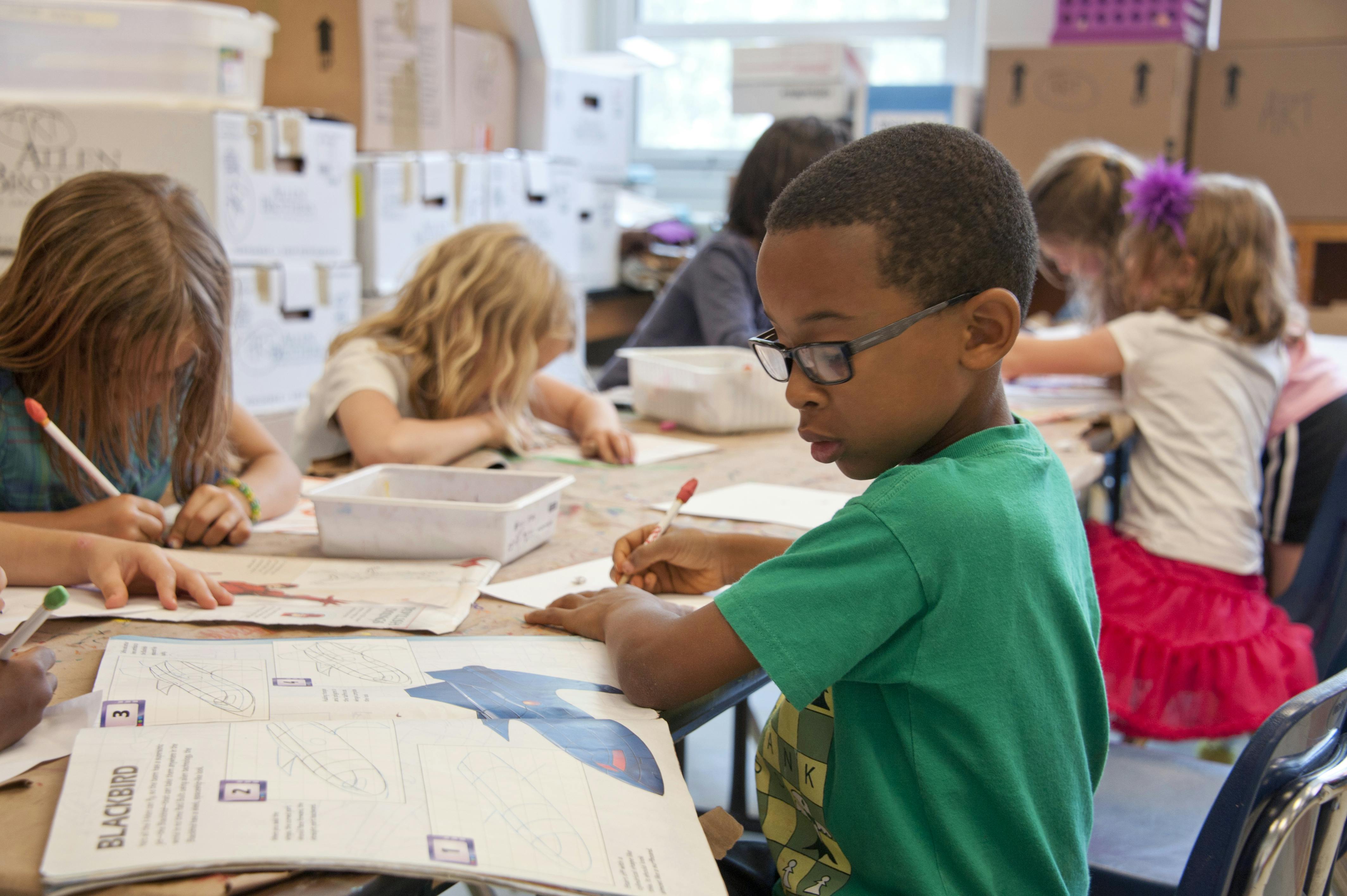We surveyed the TeacherVision audience to find out what they believe to be the biggest challenges in teaching. A year later, we sent teachers the same survey to compare responses and see if the assumed challenges inside the classroom played out as expected.
Here's what we found...
7 Challenges in Teaching, According to Real Teachers
In the ever-changing landscape of education, teachers face a myriad of challenges that continue to evolve. This is why we’ve asked our audience about their biggest challenges in the classroom. In this article, we explore the 7 challenges of teaching in 2024 as experienced by teachers themselves. We explore the complexities of the teaching profession, from classroom management to technology adaptation, and from dealing with large class sizes to managing parental expectations.
We asked teachers...
At TeacherVision, we are invested in supporting teachers so that they can, in turn, help their students. So, we were naturally curious about what new challenges they might have faced in these years after the start of the pandemic and what they will be facing in future school years to come.
In a recent TeacherVision survey, over 60% of teachers were concerned with students falling behind and not performing at their current grade level. We polled hundreds of US educators at the high school, middle school, and elementary school levels on the challenges they have faced already and what they anticipate in the future. The results may surprise you.
The top 7 challenges in teaching, according to real teachers

1. Students falling behind
Back at the start of the pandemic, teachers and parents alike were concerned about what kind of quality education could be provided on online platforms versus in-person classrooms. One major fear was the possible loss of learning and the widening of achievement gaps.
These turned out to be both valid and growing concerns. While the poll at the beginning of the year revealed that over 60% of teachers believed their biggest challenge in teaching would be academic progress, that number rose closer to 70% when polled at the end of the year
Teachers have seen it all in the last few years. Dealing with the COVID-19 interruption of the traditional learning process, having to address a more diverse group of learners than ever before, and possibly managing a weightier workload due to teacher shortages and burnout were all referenced in the poll. But the numbers don’t lie. Teachers are mostly concerned with their student’s academic progress - and it’s not getting any better.
2. Behavioral challenges in the classroom
While academics were at the forefront of classroom concerns this past year, there are others quickly climbing up the polls.
When we asked teachers to provide their own suggestions of the challenges they faced outside of academics, student behavior was at the very top of the list— even above stress and differentiating instruction.
One teacher shared her experience about how the pandemic-induced break in learning as resulted in more behavioral issues in the classroom:
“It was apparent that because of the pandemic, not only are children behind in their academic skills, but also in their behavior skills. Children in 2nd grade who have never been to school before still throw tantrums like toddlers because they missed that important part of development in 1st grade and Kindergarten. Students in the 5th grade have no idea how to handle peer pressure and cannot hold conversations with each other because they missed that part of their development.”
There was not one thing that could be narrowed down as the cause of the decline in student behavior. However, the poll tells us that the lack of experience that leadership and administration have in dealing with these heightened challenges might have something to do with it.
“Student behavior was an issue, as well as greatly lowered standards, despite what is told to the general public,” says one teacher. Good teachers in school districts across the country are left to fend for themselves with behavior management concerns and having to lower benchmarks, as everyone is navigating uncharted waters. Unfortunately, it’s something they simply don’t have enough time for right now, among the other growing issues.

3. Adapting to technology
The sudden shift to virtual learning forced teachers to quickly adapt to new technologies. This transition has been challenging, especially for those who were not tech-savvy.
Not only did teachers have to learn new software and platforms, but they also had to find ways to ensure their students were able to adapt as well. Additionally, they had to create engaging and effective virtual lessons, which presented an entirely new set of challenges. Despite the difficulties, many teachers have reported that they feel more comfortable with technology and are better prepared for future disruptions to traditional learning.
4. Balancing work and personal life
Overwhelmingly, we have found that teachers are finding it increasingly difficult to maintain a healthy work-life balance. The increase in workload and the expectation to be available around the clock for students and parents can lead to burnout.
The issue of teacher burnout is a significant one. With the demands of preparing lessons, grading assignments, dealing with behavioral issues, and communicating with parents, teachers often find themselves with little time for personal activities or relaxation. This constant pressure can lead to stress, fatigue, and eventually burnout, which not only affects the teachers themselves but also their ability to effectively teach and inspire their students. Teachers must prioritize their well-being and take steps to manage their work-life balance.
TeacherVision provides a variety of self-care resources to support teachers struggling with teacher burnout.
5. Lack of resources
Many teachers are facing a lack of resources, including textbooks, technology, and other materials necessary for effective teaching. This has been especially challenging during remote learning.
In addition, these expectations can sometimes be at odds with the realities of the classroom and the unique needs of each student. Navigating these expectations while striving to provide the best education for every student is a balancing act that many teachers face.
6. Large Class Sizes
Managing large classes can be a big challenge, as it makes it difficult to give each student the attention they need. It can also make classroom management more difficult.
7. Dealing with Parental Expectations
Teachers often face pressure from parents who have high expectations for their children's academic performance. This can create additional stress and challenges for teachers.
Since the pandemic, parental expectations have shifted significantly. As parents gained a firsthand view of their children's education through remote learning, many developed higher expectations of teachers and the educational system as a whole. Teachers have been faced with the challenge of meeting these elevated expectations while also navigating the complexities of virtual instruction and dealing with the impacts of the pandemic on their students' learning.

Moving forward
There is a light at the end of the tunnel, however. Over 40% of teachers indicated that they feel their district displays appropriate staff appreciation. It’s important to note, also, the plain points of necessary improvement; only 14.8% of teachers listed peer coaching and mentoring as an active focus in their district, with team development and opportunities coming in at the bottom of the list at 8.7%.
Navigating a (not quite) post-pandemic educational landscape is not an easy task. Based on our most recent survey, we are moving in the right direction- but still have quite a way to go. The categories that require the most focus for the 2023/24 school year are academic, social/emotional, and teacher work/life balance, as the demands continue to increase without modifications to the time, it will be required to address them. We remain committed to serving teachers in the ever-changing educational environment with materials and resources that support their growing needs.
Make sure you don’t miss anything by signing up for our newsletter!











